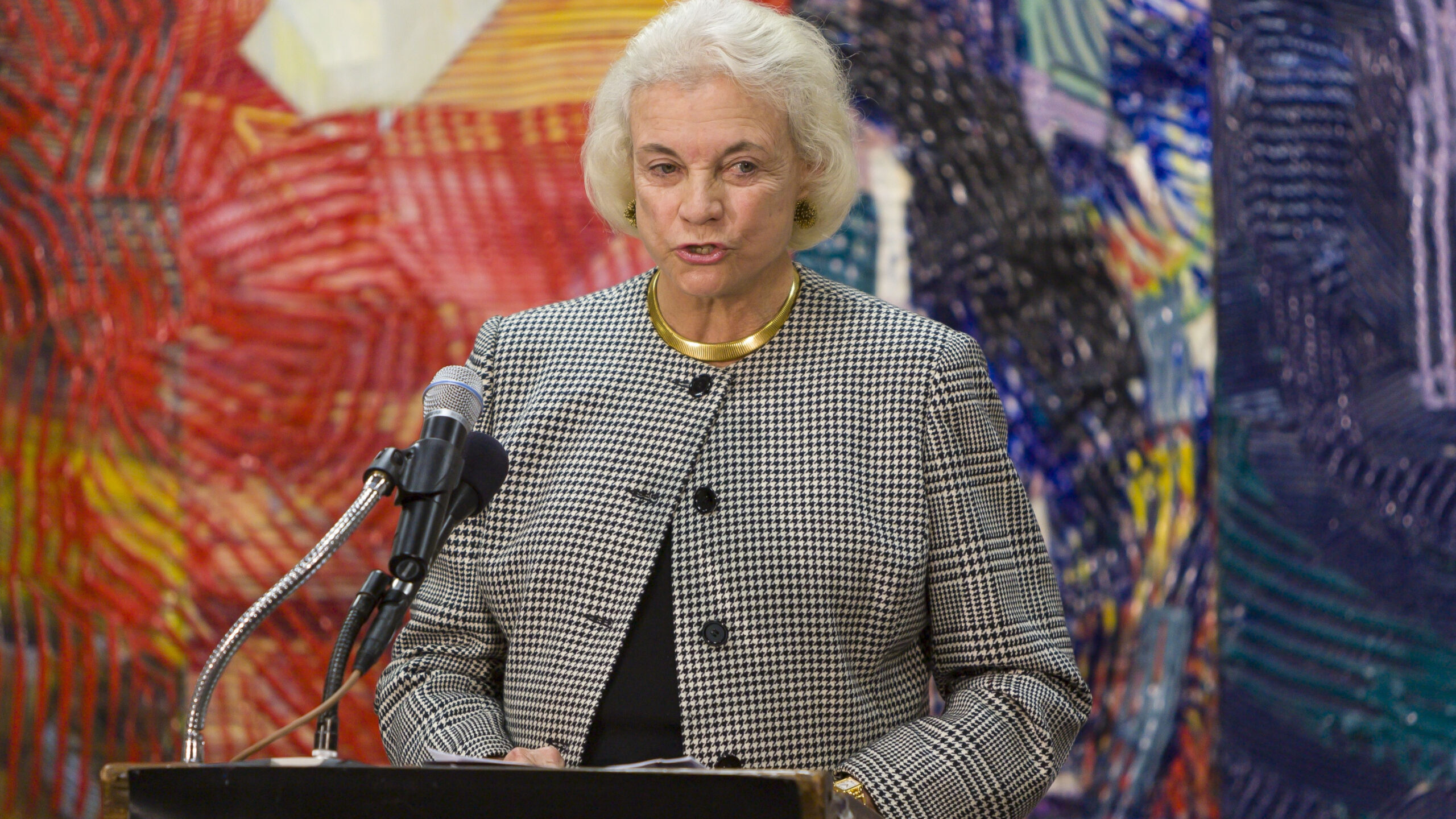Preserving Copyright Balance in NAFTA Endgame
With the news that the United States, Canada, and Mexico aim to reach an agreement, at least in principle, this month on the renegotiated North American Free Trade Agreement (NAFTA), there’s concern that the agreement may lack the critical protections necessary to export digital services. This is especially concerning as rightsholders yet again call for the U.S. to remove or undermine these protections.
As DisCo has highlighted multiple times over the course of these negotiations (notably here and here), calls to backtrack on copyright balance in trade agreements would have negative consequences for Internet services and users. Unfortunately some of this rhetoric against balance has seemed to have influenced key policymakers in the trade space, leading to concerning recommendations with respect to the intellectual property chapter in NAFTA 2.0. Senators Hatch and Nelson recently sent a letter to Ambassador Lighthizer regarding intellectual property priorities in trade agreements. The letter states that the “administration must ensure that copyright laws abroad strengthen, rather than create exceptions to, protections for America’s creators and innovators” (emphasis added).
The attempt to equate calls for balance with “weakening” of copyright laws appear to have effectively muddied the waters. This rhetoric creates a false choice between “strong” IP protections on one hand, and balanced frameworks that include intermediary protections and internationally-recognized limits and exceptions such as fair use on the other. In reality, strong and robust copyright frameworks in the United States and around the world embody both aspects. Fair use and other exceptions are protections for innovators, and work in tandem with government-granted copyrights and enforcement measures, by providing flexibility for online innovation and research while also incentivizing creation through copyright protection. The United States has a strong enforcement and protection framework, as well as a robust fair use framework.
As DisCo has stated previously, a balanced copyright regime also ensures that U.S. technology innovators are not stymied by civil lawsuits in foreign countries for providing new technologies and services that are permitted under Section 107 of the Copyright Act, the U.S. fair use statute. This and related provisions provide flexibility and business certainty to roughly one-sixth of the U.S. economy, supporting over 18 million U.S. jobs, and drive the development of new technologies such as machine learning.
The United States has long pursued some of the strongest copyright commitments in trade agreements, including mandatory technological protection measures, copyright term extension far beyond the Berne-mandated term of the author’s life plus 50 years, as well as strict criminal penalties. However this has been done in tandem with protections for online intermediaries as reflective of U.S. copyright law for nearly two decades since the Digital Millennium Copyright Act was enacted. With the U.S.-Korea Free Trade Agreement and the Trans-Pacific Partnership Agreement, the U.S. and key trading partners also recognized the need to finally include language that reflects limitations and exceptions within domestic U.S. law such as fair use in trade agreements.
It is also what Congress had in mind when it granted trade promotion authority (TPA) in 2015. Section 102(b)(5)(A)(ii) of the Bipartisan Congressional Trade Priorities and Accountability Act of 2015 sets out that, under TPA, the principal negotiating objectives of the U.S. should include promoting IP in a manner that facilitates legitimate digital trade. The Senate Finance Committee specifically noted in its report on TPA that this language was included to recognize that trade agreements should “foster an appropriate balance in copyright systems, inter alia by means of limitations and exceptions consistent with the internationally recognized 3-step test.”
The House Ways & Means Committee report has identical language regarding balance. The report also observed that the IP commitments in TPA reflect the view of the Committee that:
Strong intellectual property rights protection should be accompanied by provisions on liability that are consistent with U.S. law, including the Digital Millennium Copyright Act, and that provide limitations on the scope of remedies available against service providers for copyright infringements they do not control, initiate, or direct, and that take place through systems or networks, controlled or operated by them or on their behalf. Such limitations also must create legal incentives for service providers to cooperate with copyright owners in deterring the unauthorized storage, and transmission of copyrighted materials.
Fulfillment of obligations under TPA, as well as extolling the virtues of the U.S. copyright system, then, can hardly be characterized accurately as “weakening” of copyright protection. Rather, it ensures that the next stage of the trade relationship between the three countries will reflect longstanding protections under domestic laws that enable creativity, innovation, and user rights in the digital age.








